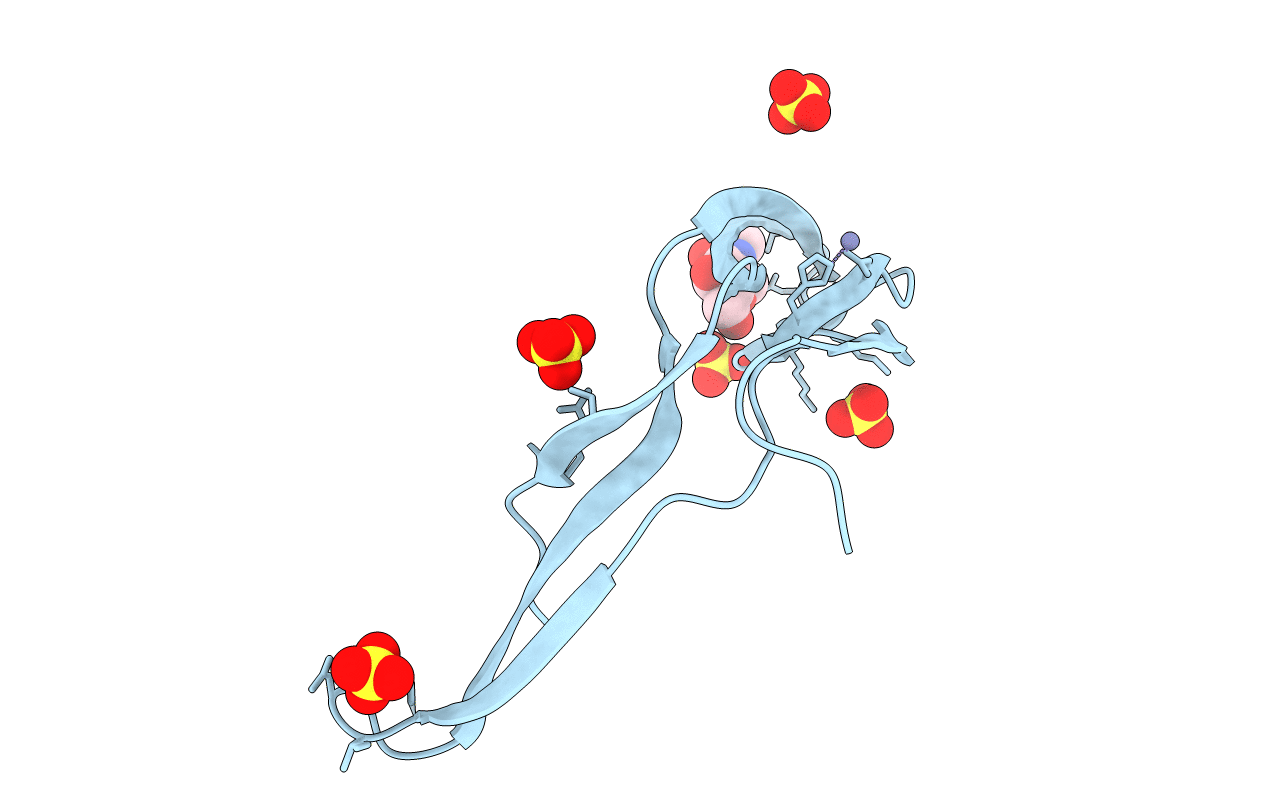
Deposition Date
2013-12-01
Release Date
2014-01-01
Last Version Date
2024-11-06
Entry Detail
PDB ID:
4NT5
Keywords:
Title:
Crystal structure of human von Willebrand factor CTCK domain
Biological Source:
Source Organism:
Homo sapiens (Taxon ID: 9606)
Host Organism:
Method Details:
Experimental Method:
Resolution:
3.28 Å
R-Value Free:
0.24
R-Value Work:
0.22
R-Value Observed:
0.22
Space Group:
P 43 3 2


